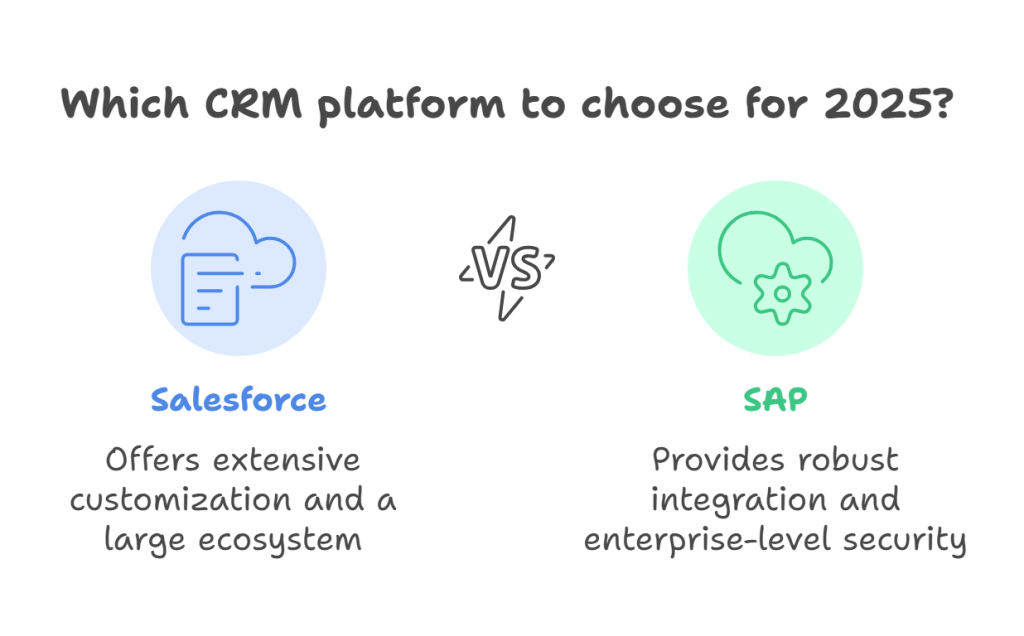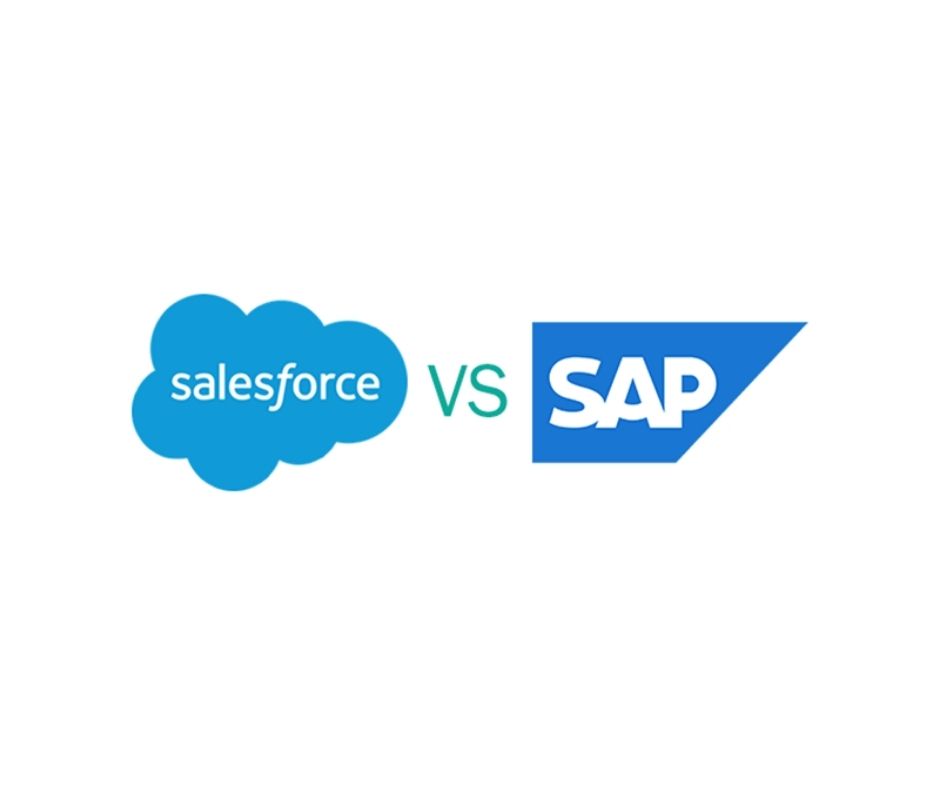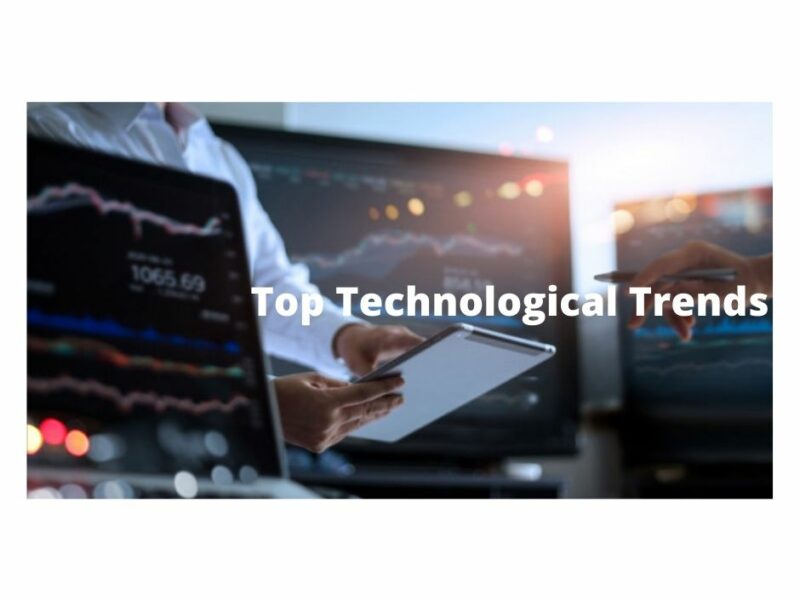In the fast-paced digital landscape of 2025, the global CRM market continues its explosive growth, underscoring a fundamental truth: understanding and managing customer relationships is the bedrock of modern business success.
At the apex of this critical technology sector stand two titans: Salesforce, the cloud-native pioneer that revolutionized the industry, and SAP, the enterprise software powerhouse with deep roots in the operational core of the world’s largest companies. For decision-makers, choosing between them is more than a software purchase; it’s a strategic commitment that will shape their company’s future.
While both Salesforce CRM user list and SAP User List offer powerful CRM functionalities, their core design philosophies, integration capabilities, and cost structures are tailored for distinctly different business contexts. This article will provide a detailed, 2025-specific Salesforce vs. SAP comparison to help you determine which platform will be your company’s greatest asset.

The Core Philosophy: Customer-Centric vs. Enterprise-Centric
The most significant differentiator in the Salesforce vs. SAP debate is their foundational approach to business management. Your choice will largely depend on whether your organization prioritizes a singular view of the customer or a unified view of the entire enterprise.
Salesforce’s “Customer 360”
Salesforce built its empire on a “customer-first” premise. Its entire architecture is designed to place the customer at the absolute center of every business function. The platform’s “Customer 360” vision is its north star, aiming to unite disparate departments – sales, service, marketing, commerce, and IT – around a single, shared view of the customer. This approach excels at breaking down internal silos that can lead to disjointed customer experiences.
For example, the seamless integration between Salesforce Sales Cloud, Service Cloud, and Marketing Cloud allows a service agent to see a customer’s entire purchase history and recent marketing interactions while resolving an issue, leading to more personalized and effective support.
This relentless focus makes it a formidable tool for businesses whose primary strategic goal is to enhance the customer journey and build lasting loyalty.
SAP’s Integrated Enterprise Approach
SAP, on the other hand, approaches CRM from an “enterprise-first” perspective. Born from the world of Enterprise Resource Planning (ERP), SAP CRM is engineered to function as an integral component of a much larger operational ecosystem.
For companies that rely heavily on complex supply chains, manufacturing processes, and intricate financial systems, this deep integration is its killer feature.
Data from the manufacturing and logistics industries consistently shows the advantage of this model. An SAP CRM user can, for instance, provide a customer with a precise delivery date not based on an estimate, but on real-time data flowing directly from their SAP S/4HANA ERP system, which tracks inventory, production schedules, and shipping logistics.
This holistic view of the business, where the customer is a crucial part of a larger operational chain, is SAP’s core strength, making it the best CRM for enterprise-level organizations with complex, process-driven operations.
Feature Deep Dive: A 2025 Perspective
While philosophies differ, the functional battleground is where decisions are often made. Both platforms have evolved significantly, with AI-driven enhancements becoming standard in 2025.
Sales Automation and Management
When it comes to core sales functions, Salesforce often wins on user experience. Its interface for lead, opportunity, and pipeline management is famously intuitive, allowing sales teams to get up and running with minimal friction.
In contrast, SAP’s sales workflows are incredibly robust and process-driven, offering deep customization that can perfectly mirror a complex, multi-stage sales methodology, though it may come with a steeper learning curve.
Marketing and Customer Service Capabilities
Both vendors offer sophisticated marketing automation and customer service solutions. The Salesforce Marketing Cloud is a leader in digital marketing, excelling at personalized, multi-channel customer journeys. Likewise, Service Cloud is renowned for its comprehensive case management and omni-channel support features.
SAP’s Customer Experience (CX) suite is a powerful contender, offering strong capabilities in e-commerce and customer data management that are tightly integrated with their backend systems. Key 2025 updates for both platforms have focused on enhancing predictive analytics to better anticipate customer needs and automate service responses.
The AI Revolution: Einstein vs. SAP’s AI Offerings
Artificial intelligence is no longer a futuristic add-on; it’s a core component. Salesforce Einstein, the AI layer built into the Salesforce platform, provides powerful, user-friendly tools like predictive lead scoring, opportunity insights, and automated activity capture. It’s designed to deliver actionable intelligence directly within a user’s workflow.
SAP has focused on embedding AI capabilities across its entire business suite. Its AI is designed to optimize end-to-end business processes, from predicting product demand within the CRM to automating financial closing in the ERP.
While Salesforce’s AI is more customer-facing, SAP’s is more operationally focused. A direct comparison of their AI-powered analytics shows Salesforce excels at sales and marketing predictions, while SAP shines in supply chain and operational efficiency forecasting.
The Price of Power: Total Cost of Ownership (TCO)
A true CRM comparison 2025 must look beyond the sticker price. The total cost of ownership CRM includes licensing, implementation, customization, and ongoing maintenance.
Salesforce’s Subscription Model
Salesforce pricing is based on a per-user, per-month subscription model, with various tiers like Essentials, Professional, Enterprise, and Unlimited.
While this offers predictable initial costs, the TCO can escalate. “Hidden” costs often arise from necessary add-ons for specific functionalities, premium support, and paid integrations from the vast AppExchange. Customization often requires specialized, and therefore expensive, developer talent.
SAP’s Licensing and Implementation Costs
Historically, SAP was associated with high upfront capital expenditures for on-premise licenses and lengthy CRM implementation projects. While this model still exists, SAP has aggressively pivoted to cloud-based subscription offerings to compete with Salesforce.
However, the complexity of integrating SAP CRM with a broader ERP system can still lead to higher initial implementation and consulting fees. For a mid-sized enterprise, a hypothetical three-year TCO calculation might show Salesforce having a lower entry cost, but SAP potentially offering more value if the business is already invested in the SAP ecosystem, thereby reducing integration costs.
Customization, Integration, and Ecosystem
A CRM’s long-term value is directly tied to its ability to adapt and connect.
The Salesforce AppExchange Advantage
Salesforce’s biggest trump card is the AppExchange, the world’s largest enterprise cloud marketplace. It offers thousands of pre-built applications and integrations that can extend Salesforce’s functionality into virtually any area of business.
This vast ecosystem makes it incredibly easy to find a plug-and-play solution for most needs, significantly reducing development time and cost.
SAP’s Deep Integration Capabilities
SAP’s primary integration strength lies within its own universe. For companies running on SAP for their core operations, the native integration between SAP CRM and ERP is unparalleled, providing a level of data consistency and process automation that third-party integrations struggle to match.
Integrating with non-SAP systems is possible but can be more complex and costly compared to the Salesforce ecosystem.
User Experience and Ease of Use
User reviews in 2025 consistently praise Salesforce for its modern, intuitive user interface and mobile-first design, leading to higher user adoption rates, particularly among sales teams.
SAP has made significant strides in improving its user experience with its Fiori interface, but it is still often perceived as more complex, reflecting its process-oriented and deeply functional nature.
The Market Verdict: 2025 Market Share and User Sentiment
Numbers and user feedback provide the final layer of context.
Latest CRM market share data for 2025 continues to show Salesforce as the dominant leader in the overall CRM space, a position it has held for over a decade. SAP maintains a strong position, particularly within the segment of large enterprises that utilize its broader suite of applications.
User review aggregators paint a clear picture. Salesforce is lauded for its ease of use, flexibility, and powerful ecosystem. Common complaints revolve around its high cost at scale and the complexity of its multi-cloud product structure.
SAP is praised for its power, stability, and seamless ERP integration. Criticisms often center on its complexity, longer implementation times, and a user interface that, while improved, can still feel less intuitive than its main rival.
Comparative Table: Salesforce vs. SAP at a Glance
| Feature | Salesforce | SAP |
|---|---|---|
| Core Focus | Customer-Centric | Enterprise-Centric |
| Ideal User | Sales & Marketing Driven Businesses | Process & Operations Driven Businesses |
| AI | Salesforce Einstein | Embedded AI in Business Suite |
| Pricing Model | Subscription-based (Per User) | License & Subscription |
| Ecosystem | Extensive AppExchange | Deep integration with SAP suite |
Final Thoughts: Making the Strategic Choice
The battle between Salesforce and SAP is not about which CRM is definitively “better,” but which is strategically right for your business in 2025. Salesforce, with its unwavering customer-centric focus, user-friendly interface, and vast ecosystem, is often the ideal choice for businesses prioritizing sales and marketing agility and a rapid time-to-value.
SAP, with its powerful process-driven architecture and unparalleled integration with core enterprise functions, remains the go-to for large, complex organizations where the CRM is one piece of a much larger operational puzzle. Your decision hinges on this fundamental distinction.
Before making your final decision, we recommend a two-step action plan. First, conduct a thorough internal audit of your existing business processes and identify your primary operational bottlenecks.
Second, schedule a personalized demo with both Salesforce and SAP CRM, armed with the insights from your audit and this article, to see firsthand how each platform would address your specific challenges and opportunities. This will ensure your investment is not just for a CRM, but for a strategic growth engine.


